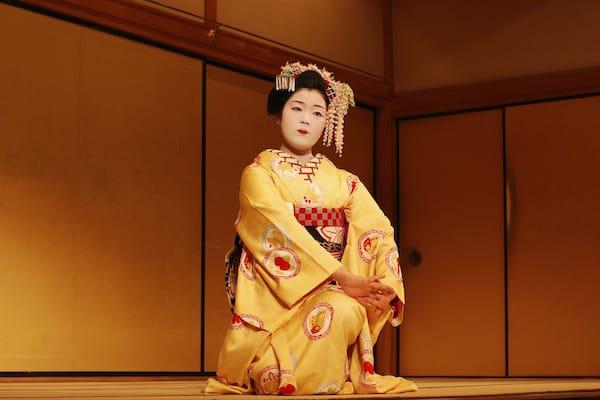The Problem of Humanizing Hitler
For all his infamy, Adolf Hitler remains something a mystery, even in the 21st century. From humble origins as an aspiring Austrian artist, his rise as a soldier, activist, politician, and eventual dictator more often highlight the atrocities he committed, and gives little to no attention to the life he lived up to that point. In fact, it wouldn’t be a stretch to insist that by doing so, it might humanize an otherwise deplorable man, strip away the aura of hatred both from and levied upon him, and situate him as one small part of a massive machine dedicated to avenging the outcomes of history.
An Unlikely Source of Insight
Which is why it surprises me to no end that the finest, most accessible biography of “history’s greatest monster” comes to us courtesy of an unlikely source: Japanese mangaka Shigeru Mizuki. Like the eventual dictator, Mizuki had humble origins- growing up in rural Japan, at a time when the country was fast on the rise to the war that would eventually consume it at the midpoint of the 20th century.
Like the Austrian, he was a talented artist, but one who had a temper that often got him into trouble. Like Hitler, he entered the military during a period of aggression on the part of his homeland, and as a result suffered from the worst mankind had to offer. And indeed, Mizuki was known as being somewhat obsessed with the man who drew the world into war, dedicating numerous volumes of his illustrated war histories to Germany and their charismatic leader.
Japan’s Historical Relationship with Germany
Japan has a rich tradition of inserting Germany into their media works. Much of the time, it is to depict the impact as largely negative- criticism of fascism or oppression, or thinly veiled insistences that Germany was the cause of Japan’s downfall, whether accurate or not. But in the case of Mizuki, a man who was harshly critical of both the war and the actions committed by both Japan and the European Axis powers, his even-handed look at those dark years provides another voice in the debate: one that argues history is its own largest foe.

Hitler Mangas
“Hitler,” his massive work looking into the life of the man, is no different than his other war works, save in one regard. Rather than try to paint into the story of the man a sense of the futility of war, he spends far more time trying to understand or relate the motivations behind what caused this artist to become a despot. Mizuki himself lost an arm in the war, and yet still dedicated himself to becoming the artist he knew he could be. In the manga, he shows Hitler as being lost in his own failures, obsessing over what he didn’t, or couldn’t, have, and using that as a launching point for his political and activist career.
Mizuki’s Depiction of the Führer
Unlike other histories of the war or the man, Mizuki’s Hitler doesn’t focus on the atrocities of the Holocaust, or the dread of battle, or the sting of Allied defeat. Rather, it shows Hitler as an almost farcical version of the newsreel footage. While surrounded by friends and political foes modeled on the actual figures, Hitler is himself comically designed, and prone to expressing his anger with humorous outbursts.
When he is serious, his face darkens but retains its almost grotesque proportions. He questions himself constantly through internal monologues, and celebrates his victories with near-juvenile aplomb. Even at the end, when the war has turned in his favor and he secludes himself deep underground, his weakening morale is tempered with an almost jester-like countenance, where he resigns himself to his fate, while insisting that those around him whom he loves and respects must live for a future Germany, a future he once emphatically swore would never come to pass.
In this, Mizuki manages to create a Hitler that is far more human. While the mangaka does not attempt to reconcile or explain away the evils the man perpetrated (though he does ignore the Holocaust almost entirely and barely mentions a “final solution” to Hitler’s own rantings against the Jewish people), he does his best to show the doubtful, fearful, arrogant, and emotional sides to his subject. He forces readers to get inside Hitler’s head, push away historical assessments of the man, and see plainly what could have driven a human from creative pursuits to destructive impulses.
A Broader View on WWII
Personally, I think that this version of the Great Dictator is one that is worth reading, and is important for its ties to another Axis nation. The fact that a Japanese author used a distinctly Japanese medium to highlight the intricacies of a German figure for a world audience is reason alone to give this volume a look. Growing up as an American boy in the public schools, we never tried to study Hitler the man, just Hitler the monster. And while some of what I read in Mizuki’s manga was old news, I found the fact that it was present rather fresh.
We take for granted the history behind the war, but it is itself worth studying, as it showcases turbulent times and complex emotions and politics that eventually allowed for such an extreme case of fascism to thrive. Looking at the reluctance of President Hindenburg, or the machinations of Schleicher, or seeing Hitler’s reactions to the death of his niece, it gave focus to the events and peoples that influenced both Hitler and his cronies, and gave rise to their rhetoric and eventual dominance. And, in the end, showed the consequences of that arrogance, as their world burned around them. No longer mysterious or frightening, just another instance of human drama.
